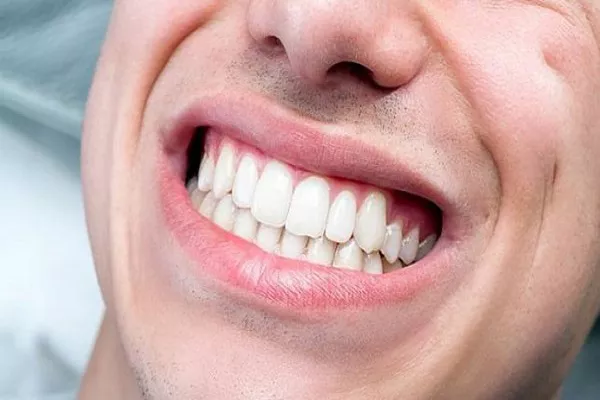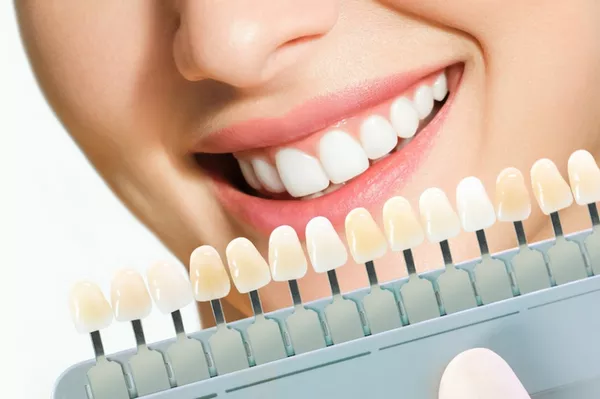In the realm of dental care, maintaining optimal oral health is paramount to overall well-being. Periodontal scaling, a crucial aspect of dental hygiene, plays a pivotal role in preventing and treating gum diseases. However, one common query that often arises is, “How much does periodontal scaling cost?” In this comprehensive guide, we will delve into the factors influencing the cost of periodontal scaling, its significance in oral health, and tips for cost-effective dental care.
Understanding Periodontal Scaling: A Proactive Approach to Oral Health
Periodontal scaling, also known as professional teeth cleaning or dental scaling, is a non-surgical procedure performed by dental professionals. It involves the removal of plaque and tartar from the tooth surfaces and below the gumline, addressing potential issues before they escalate into more severe problems. This preventive measure significantly contributes to maintaining healthy gums and teeth.
1.1 The Process of Periodontal Scaling: A Step-by-Step Overview
The procedure typically begins with a thorough examination of the oral cavity, followed by the use of specialized tools to remove accumulated plaque and tartar. Dental professionals may also utilize ultrasonic scalers for a more efficient cleaning process. The meticulous nature of periodontal scaling ensures the elimination of harmful bacteria, reducing the risk of gum diseases.
1.2 Frequency Matters: How Often Should You Consider Periodontal Scaling?
The frequency of periodontal scaling depends on individual oral health needs. While some may require it every six months as part of routine dental care, others with more pronounced plaque buildup may benefit from more frequent sessions. Regular consultations with a dental professional can help determine the optimal frequency for maintaining optimal oral health.
Factors Influencing the Cost of Periodontal Scaling
The cost of periodontal scaling varies based on several factors, each playing a crucial role in determining the overall expense. Understanding these factors can empower individuals to make informed decisions about their oral health and budget.
2.1 Severity of Gum Disease: Tailoring Costs to Individual Needs
The extent of gum disease influences the complexity of the periodontal scaling procedure. Mild cases may require less time and effort, resulting in a lower cost, while advanced cases may necessitate more intensive cleaning and therefore incur higher expenses.
2.2 Geographical Location: The Cost Disparity Across Regions
Dental care costs can vary significantly based on geographic location. Urban areas, for instance, often have higher overhead costs for dental practices, leading to slightly elevated prices for services like periodontal scaling. It is advisable to research local dental clinics and compare prices to find cost-effective options.
2.3 Dental Insurance Coverage: Alleviating Financial Burdens
The presence of dental insurance can significantly impact the out-of-pocket cost for periodontal scaling. Many insurance plans cover preventive procedures, including professional teeth cleaning. Individuals are encouraged to review their insurance policies and take advantage of covered services to mitigate expenses.
Investing in Preventive Dentistry: A Cost-Efficient Strategy
Embracing preventive dentistry practices can contribute to long-term cost savings and promote optimal oral health. Periodontal scaling, as a preventive measure, exemplifies this approach.
3.1 Preventive Dentistry: Beyond Periodontal Scaling
Beyond professional teeth cleaning, preventive dentistry encompasses a range of habits and treatments, including regular dental check-ups, proper oral hygiene practices, and dietary considerations. By adopting these habits, individuals can reduce the risk of gum diseases and subsequent expenses.
3.2 The Economic Value of Preventive Dentistry: A Statistical Perspective
According to recent studies, investing in preventive dentistry can lead to substantial cost savings in the long run. The cost of treating advanced gum diseases and associated complications far exceeds the expenses incurred in routine preventive measures such as periodontal scaling.
Seeking Affordable Dental Care Options
Recognizing the importance of periodontal scaling in oral health, individuals may wonder about affordable options without compromising quality.
4.1 Community Health Clinics: Accessible and Affordable Care
Community health clinics often provide dental services at lower costs, making oral health care more accessible to a broader population. These clinics may offer sliding scale fees or discounted rates, ensuring that individuals with varying financial capacities can avail themselves of necessary dental treatments.
4.2 Dental Schools: Quality Care at Reduced Prices
Dental schools provide a cost-effective alternative for periodontal scaling. Under the supervision of experienced dental professionals, students perform procedures at reduced rates. While the process may take longer, it offers a budget-friendly option for those seeking quality dental care.
Conclusion:
In conclusion, understanding the cost of periodontal scaling involves considering various factors, from the severity of gum disease to geographical location and insurance coverage. By prioritizing preventive dentistry practices and exploring affordable care options, individuals can navigate the landscape of dental expenses while safeguarding their oral health. Regular consultations with dental professionals and a commitment to proactive dental care contribute not only to a healthy smile but also to long-term financial well-being.
Related Links:
What happens during a deep teeth cleaning?
How long does it take to do fillings?
How often dental cleaning with braces?
































